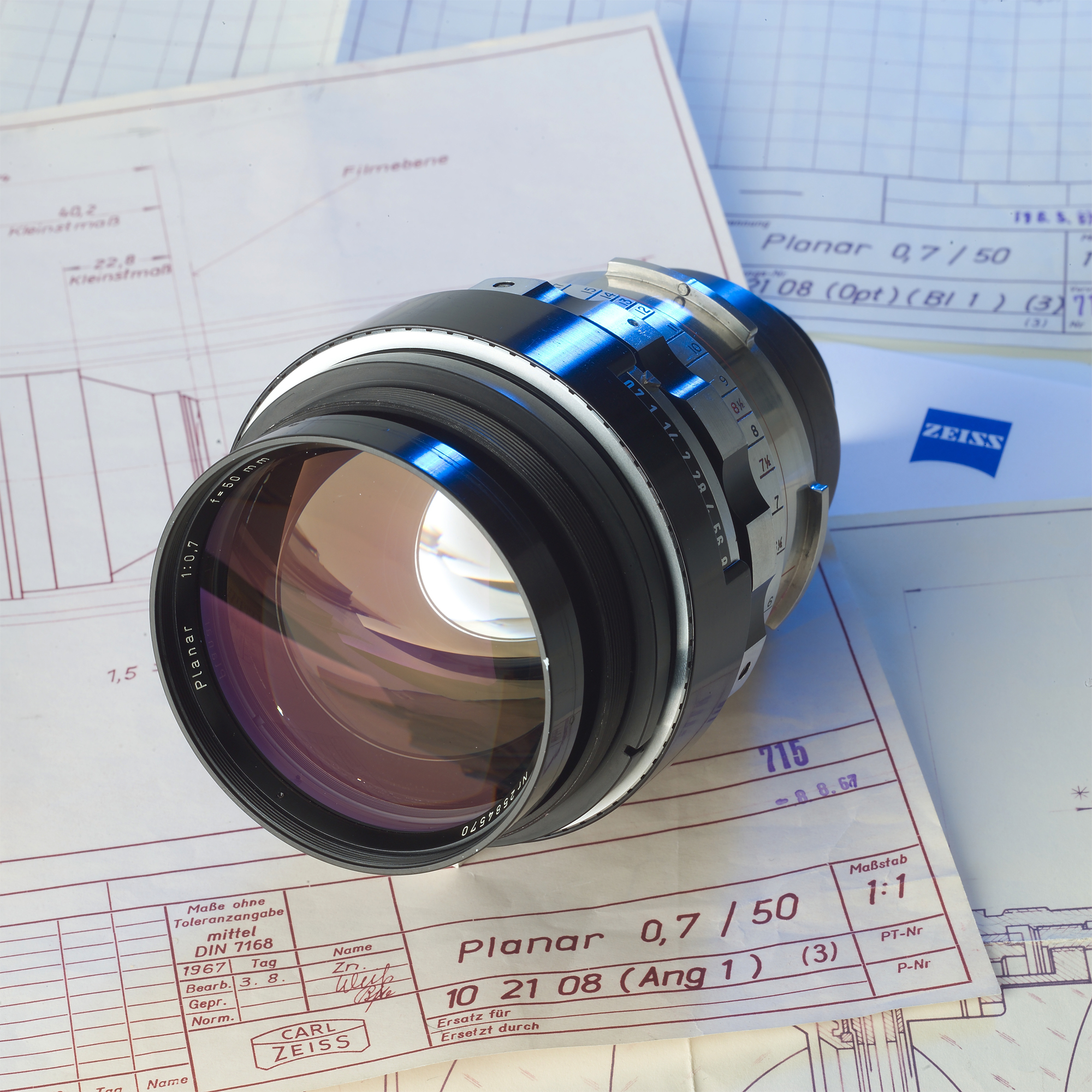Zeiss is a most interesting company. The photographic department today is small and its turnover has hardly any impact on the total turnover of the giant Zeiss company. The company once had a large photographic department that not only competed with its German counterpart, the Leitz company, but was also one of the most significant photographic and optical companies in the world. One should remember that the Nikon company started with a range of products that were evidently inspired by Zeiss designs, and Nikon added its own DNA to these designs.
After the closing of the German factories in 1972 (the Contarex was not the success the management had envisioned), the know-how was secured by a cooperation with Yashica-Kiocera and a range of impressing cameras (the original RTS was a game changer) were made. Again the company had to close its doors, but the Zeiss optical know-how (remember Herzberger and Glatzel?) was migrated to the movie domein with a series of lenses for Arri-cameras.
The Prime and Master-Prime lenses for cinematographic use are now challenged by the Leica C-lenses. The design of cinema lenses is a challenging art and the Cooke, Angenieux, Schneider, Canon engineers are able to produce every few years new designs. Zeiss Master-Prime lenses are still the reference for most others.
For the photographic world Zeiss has produced the OTUS designs, that set a new standard and are supposed to be suited for the super-megapixel cameras of Nikon and Canon. The OTUS designers have looked carefully at the Leica S lenses and adopted a few principles, one of them is the principle that large physical sizes are supportive of high-performance designs.
For the Leica cameras with M bayonet, Zeiss has produced a range of excellent lenses, the last in the line is a very fine 1.4/35 mm design.

